When it comes to cooking, spices are the magic ingredients that can transform a simple dish into something extraordinary. Among the plethora of spices, cumin and curry are two that often cause confusion due to their prominent use in similar cuisines. While they may appear to be interchangeable, they are in fact, quite distinct. Let's break down the differences between cumin vs curry to help you use them more effectively in your culinary adventures!
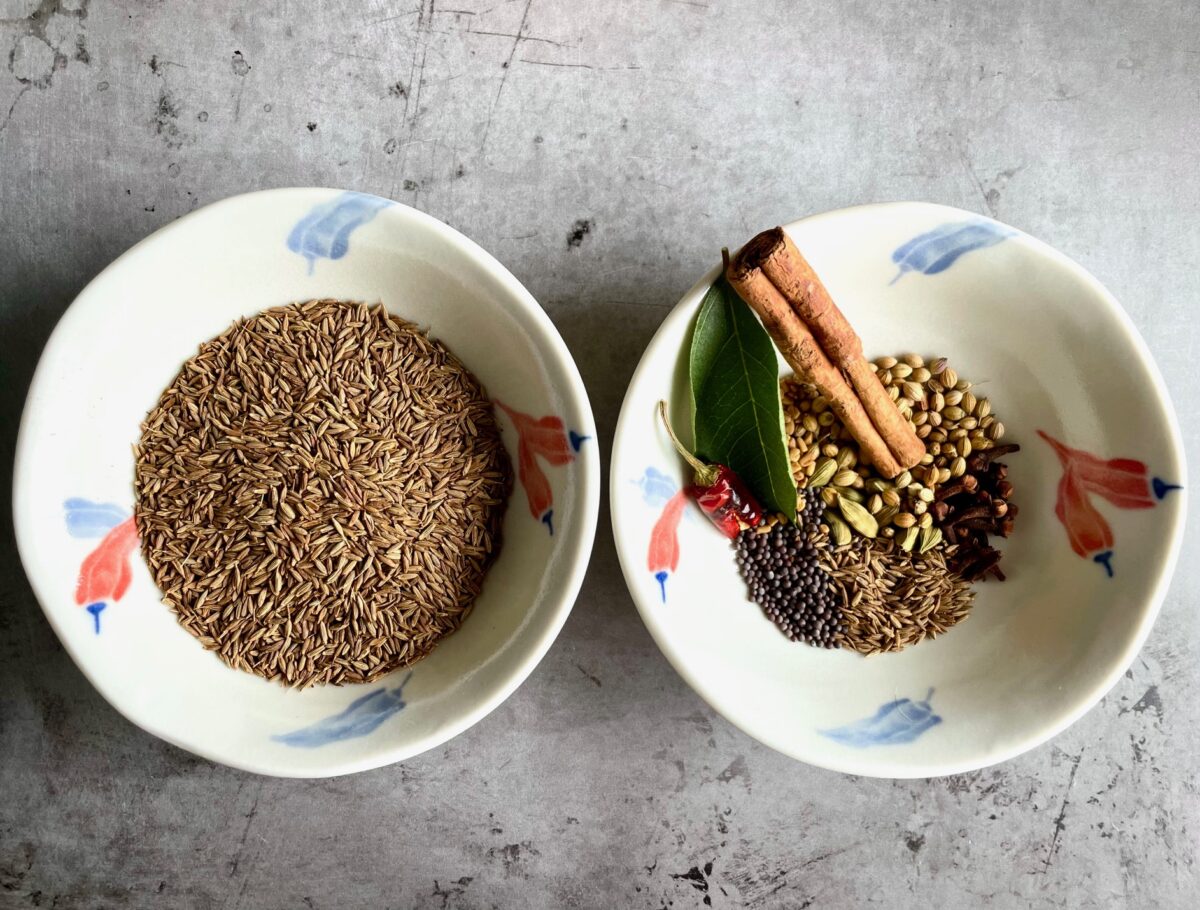
From left to right: Cumin seeds and whole spices for curry powder.
Jump to:
- What is cumin
- Culinary uses for cumin
- What is curry powder
- Culinary uses for curry powders
- Key differences between cumin and curry
- How to choose between cumin vs curry
- Cooking with cumin vs curry
- Curry powder recipes
- Health benefits of cumin vs curry
- Recap cumin vs curry: What's the difference between these spices
What is cumin
Cumin is a small but mighty spice that has found its way into the spice cabinets of cooks around the world. Cumin is a spice made from dried and ground seeds known scientifically as the cuminum cyminum plant, a member of the parsley family.
While cumin may look like fennel or caraway seeds, it has a bolder and earthier fragrance and taste. It's slightly peppery and will bring a distinctive warmth to your dishes. Cumin seeds are oblong, yellow-brown, and have a warm, earthy flavor with a hint of citrus.
The spice is available in whole seed or ground form and is a staple in many spice blends, including taco seasoning, chili powder, and yes, curry powders!
This ancient spice has nutty and peppery undertones and is native to the Middle East and India, though it is now used worldwide and cultivated in North Africa, China, and Mexico. Cumin is a classic spice in both Mexican and Tex-Mex cuisine and used in a wide variety of dishes like Mexican menudo soup or Tex-Mex chili con carne.
Most importantly, cumin is an essential ingredient in many Indian dishes, imparting a warm, deep flavor that is unmistakable.
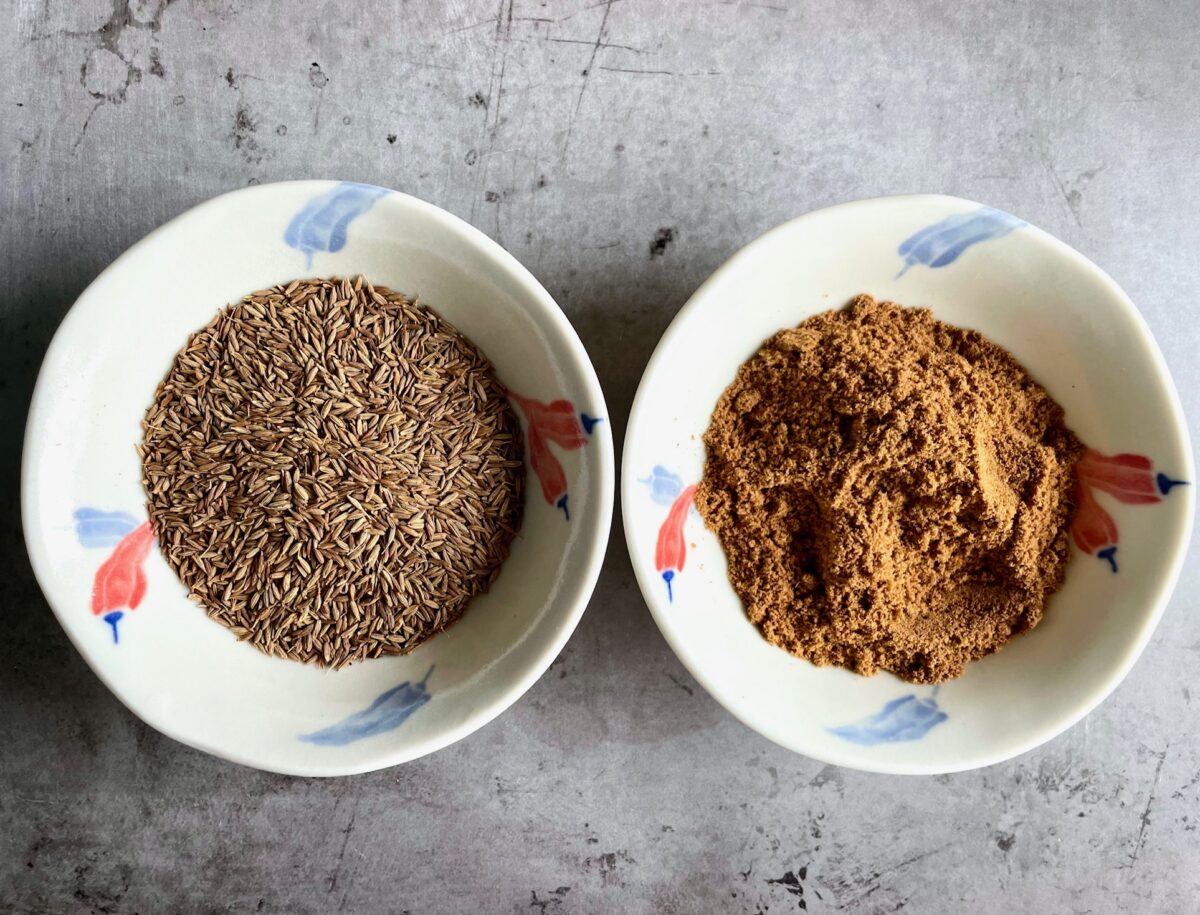
From left to right: Cumin seeds (whole form) and cumin powder (ground to a fine powder).
Culinary uses for cumin
- Indian cuisine: Cumin is integral to Indian cooking, used both whole and in powder form, and often toasted before being ground to release its aromatic oils.
- Middle Eastern cuisine: Cumin seasons many Middle Eastern dishes, such as hummus and falafel.
- North African cuisine: Cumin is an essential ingredient in Ethiopian cuisine and shines in dishes like Ethiopian beet and potato salad and chicken tibs.
- Mexican and Latin American cuisines: Cumin is a key ingredient in many Latin dishes like Mexico's tacos and moles, and in Puerto Rico's sazón, a seasoning used in practically everything from meat roasts to stews.
- Chinese cuisine: It might not be common knowledge that cumin is prevalent in the Northern and Western regions of China, as well as in Chinese-Muslim cuisine. You'll most often see it paired with lamb dishes, such as dry rubs for lamb skewers.
What is curry powder
On the other side of the spice spectrum lies curry powder, a blend of spices rather than a single spice. This versatile spice blend can vary greatly, but its base includes a combination of coriander, brown mustard seeds, cinnamon, black peppercorns, dry red chilies, turmeric, ginger, and yes, cumin among its main ingredients.
Curry Powder = Cumin+ coriander, brown mustard seeds, cinnamon, black pepper, red chilies, turmeric, and ginger.
Curry powder blends can range from mild to hot, with each mixture offering a complex flavor profile that is both unique and captivating.
The beauty of it lies in its diversity; every region, and indeed every household, may have its own curry powder recipe, a testament to its adaptability and widespread popularity.
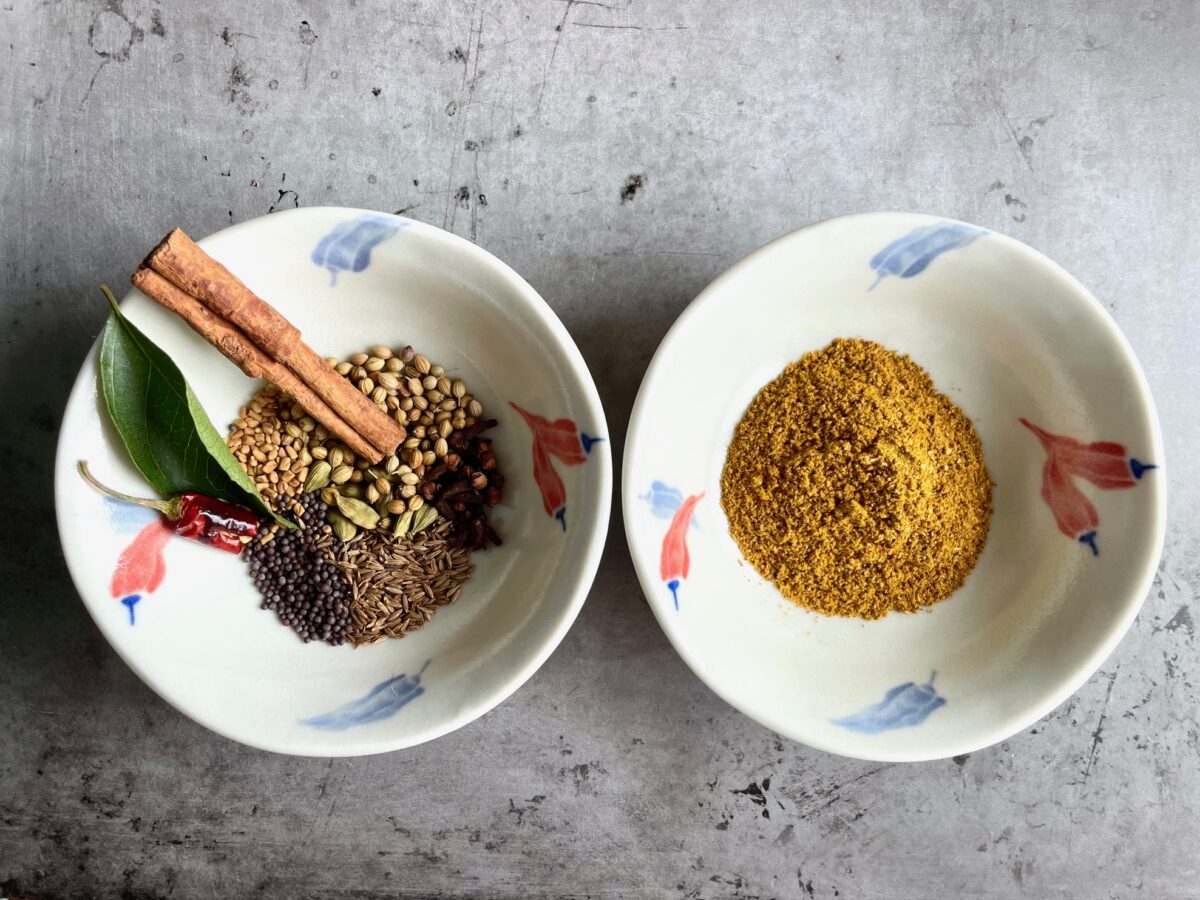
From left to right: Whole spices for curry powder (whole form) and curry powder (whole spices ground to a fine powder).
Culinary uses for curry powders
Curry powders are primarily used in a large variety of curry dishes, or Indian gravy, and give them a vibrant color, each unique and very different from each other. Some interesting examples of international curries are South Indian fish curry, Sri Lankan black pork curry, or Japanese beef curry with a base of roux.
Key differences between cumin and curry
- Composition: Cumin is a single spice, while curry is a blend of multiple spices that includes cumin.
- Flavor Profile: Cumin has a warm, earthy flavor, whereas curry has a complex flavor that can vary depending on the blend.
- Usage: Cumin can be used on its own or as part of typical Indian spice blends like garam masala, chaat masala, and of course, curry powders.
The distinction between cumin and curry is clear: while cumin is a single spice, curry is a mixture of spices. Each has its place in the kitchen, offering distinct flavor profiles that can transform a dish.
Cumin's earthy, nutty flavor makes it a fantastic standalone spice or a foundational component in spice mixes. Curry powder, with its blend of multiple spices, offers a shortcut to an array of flavors that might otherwise require a more extensive spice collection.
How to choose between cumin vs curry
When deciding whether to use cumin or curry in a dish, consider the flavor profile you're aiming for. If you want a warm, earthy note with a touch of citrus, go for cumin. If you're looking for a more complex, layered flavor with a potential kick, opt for curry powder.
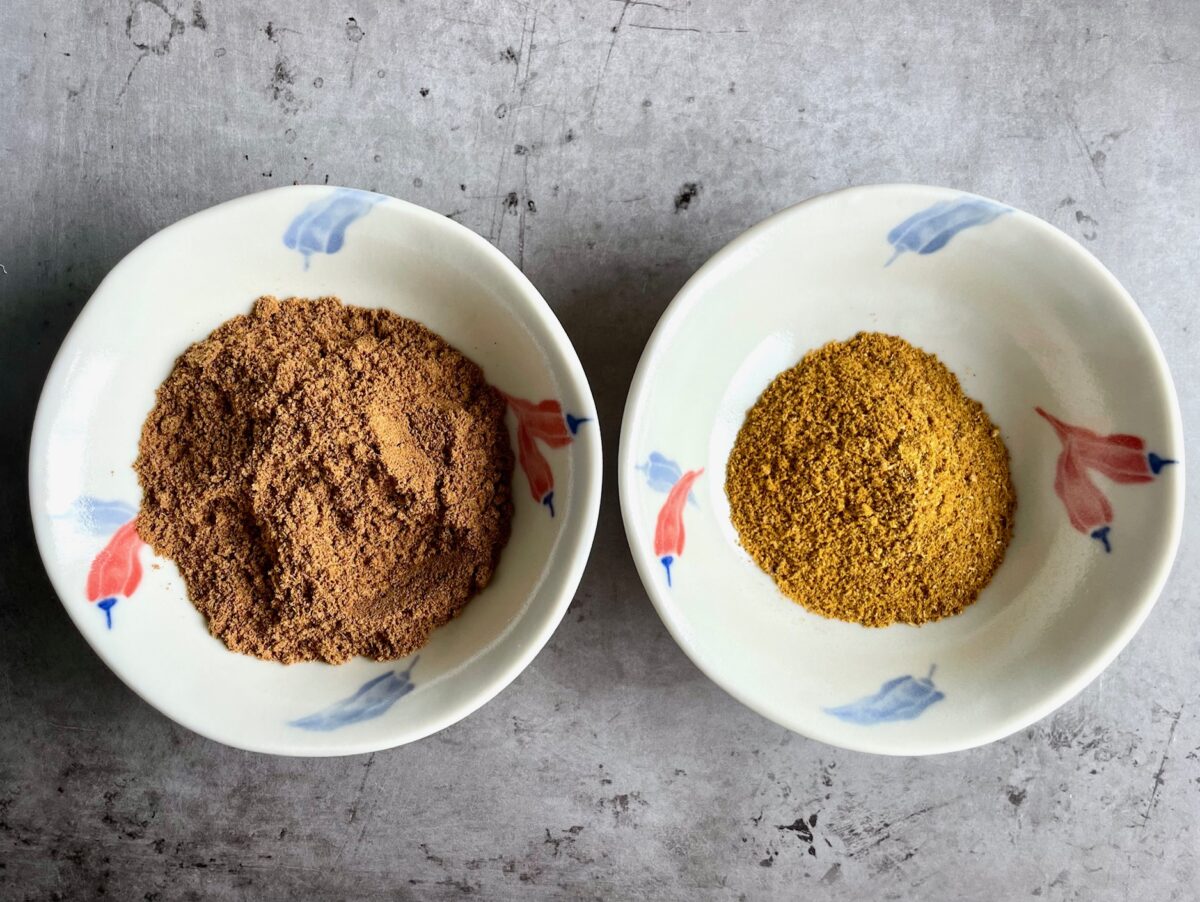
From left to right: Cumin powder and curry powder (contains cumin).
Cooking with cumin vs curry
Indian cooking, known for its aromatic and flavorful dishes, often calls upon both cumin and curry.
Cumin Seeds
Cumin seeds are frequently used at the beginning of the cooking process, sizzled in hot oil to release their fragrant oils before other ingredients are added.
They're sometimes also fried in fat in a separate pan towards the end of cooking and then added to the completed dish. This technique, called tempering, or tadka, greatly enhances the flavor of the final dish. Tempering isn't commonly used outside of Asia but is gaining popularity in the West.
Whenever you're frying or toasting cumin seeds, make sure to not cook them on high heat or for too long because they could impart a bitter note to your dish.
Cumin powder
Ground cumin, on the other hand, might be sprinkled in during the cooking process to deepen a dish's flavor.
More commonly though, cumin powder is used as a major component in various seasonings. E.g.: in Mexican taco seasonings, Chinese Sichuan lamb seasonings, etc. So why not add a little bit of cumin powder in your own seasonings to give them that little touch. It can be your secret ingredient!
Curry powder
Curry powder, with its combination of spices, is typically added to vegetable curries, meat dishes, and even some savory pastries, infusing them with its characteristic warm flavors.
Cumin and curry also find their way into dishes beyond Indian borders. Thai curries, for example, utilize a different set of main spices but often include cumin in their paste bases, mixed with coconut milk for a creamy, rich texture.
Middle Eastern cuisines celebrate cumin in their savory dishes, dry rubs, and even in refreshing salads, such as a simple chicken salad elevated with a sprinkle of toasted ground cumin.
If, like me, you're a foodie who loves cooking from scratch, create your own curry powder from whole spices! You'll need to add a mortar and pestle, spice grinder, or coffee grinder to your kitchen toolbox! All excellent in their own way to grind freshly toasted spices.
Homemade curry powder not only allows for customization of flavor profiles but also ensures the freshness of the spices used, elevating the taste of any dish it graces and it tastes so much better than store-bought curry powders!
Curry powder recipes
If you'd like to learn more about curry blends and give a simple rendition a go, please check my Basic Indian Curry Powder recipe.
Basic Indian curry powder with its ingredients

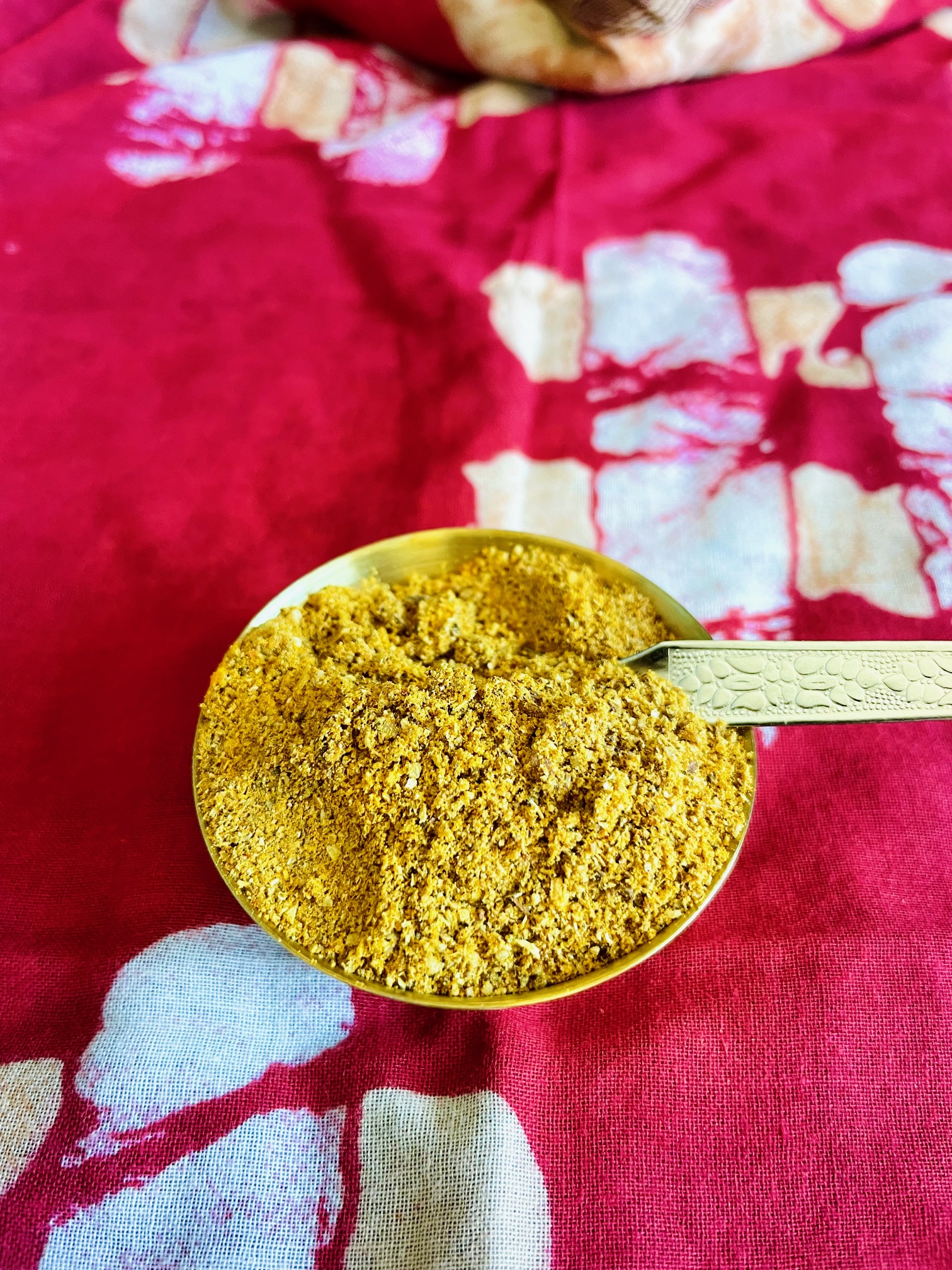
Mauritian curry powder with its ingredients
If you'd like to dig even deeper into curry powders, have a look at my Mauritian Curry Powders. Mauritius is my home country and we love using curry leaves in our powders and curries.
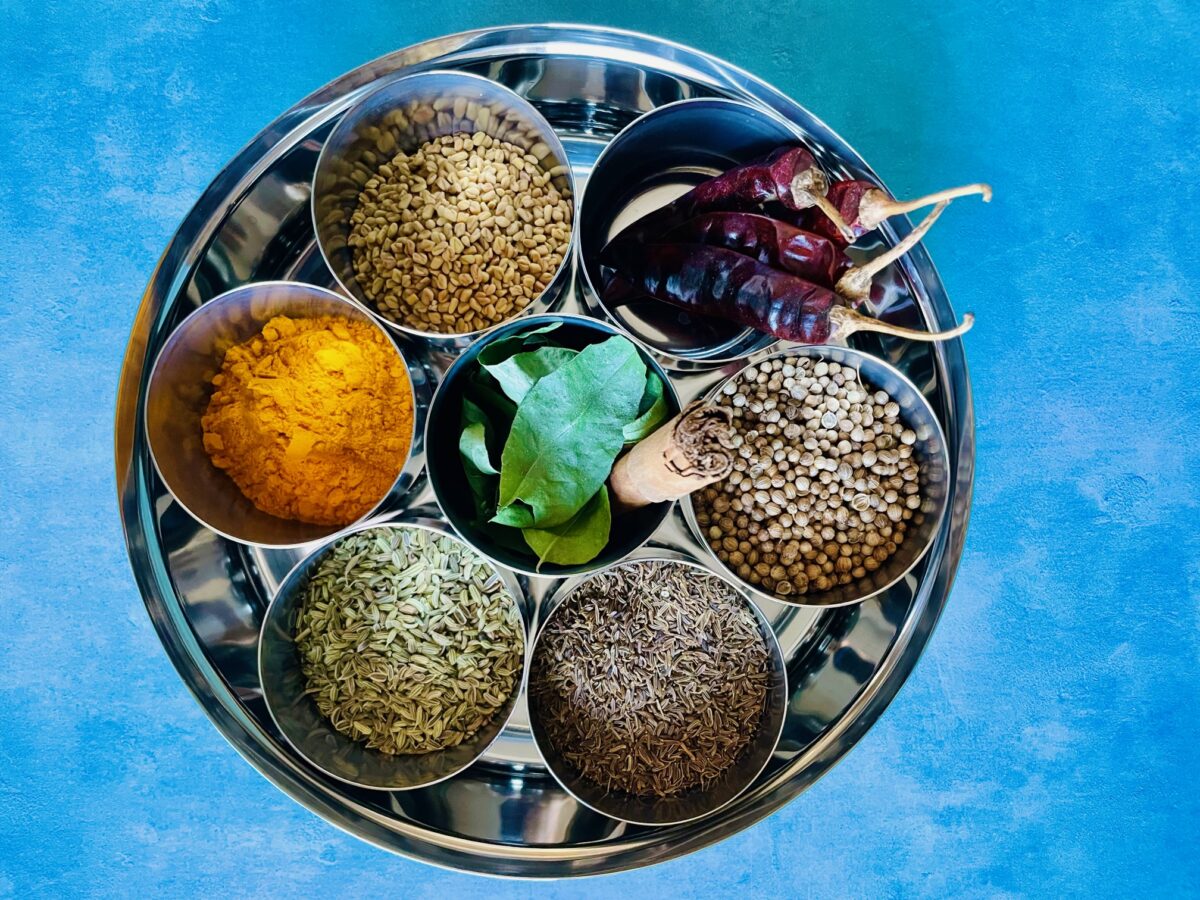
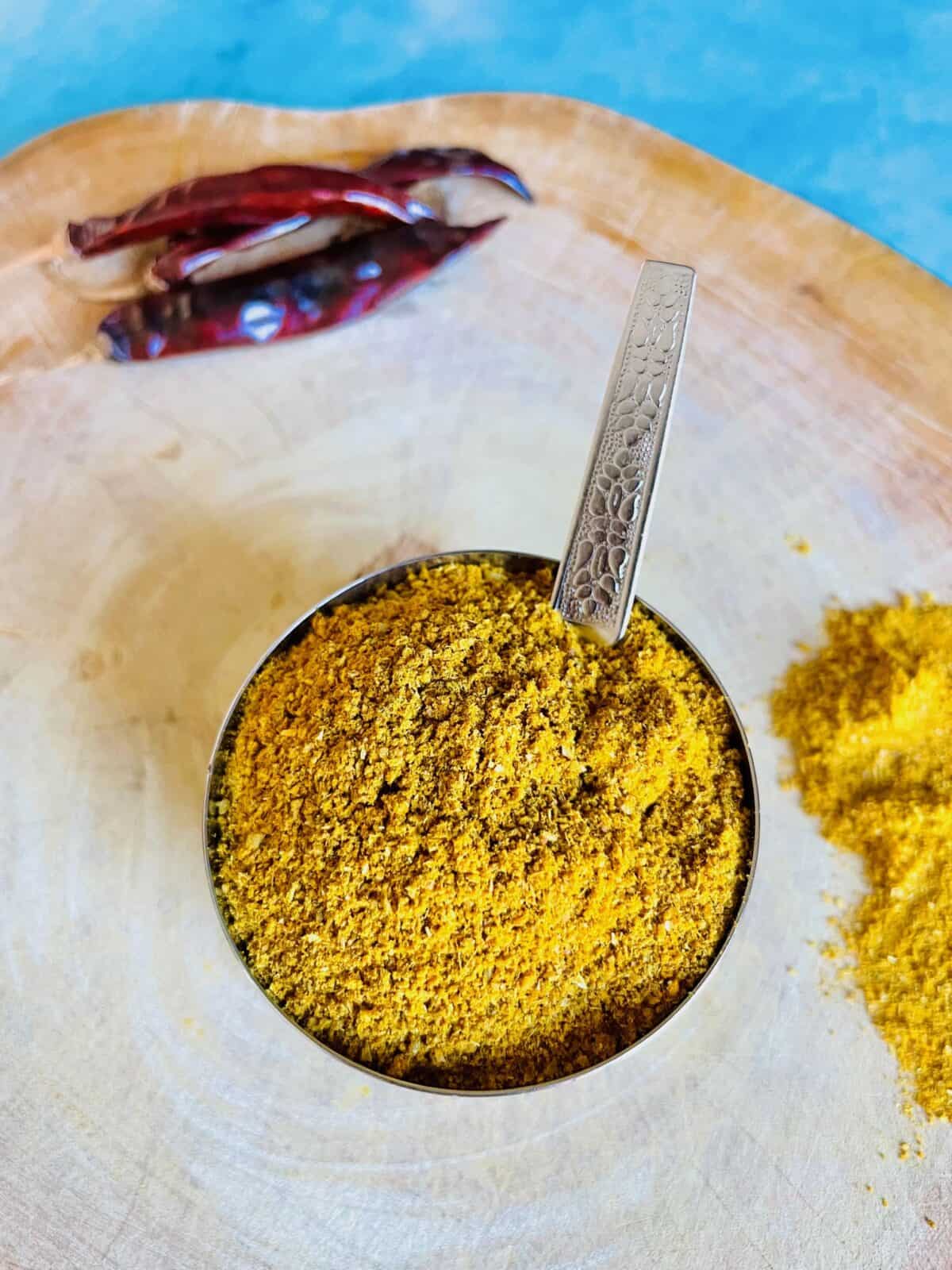
Health benefits of cumin vs curry
The health benefits of both cumin and curry are not to be overlooked. Cumin is celebrated for its digestive properties and is a rich source of iron, while the spices in curry powder blends, such as turmeric powder, are known for their anti-inflammatory and antioxidant benefits.
Incorporating these spices into your diet not only enhances the flavor of your meals but also contributes to your overall health.
Health benefits of cumin
- Digestive aid: Cumin is known to help with digestion and may prevent related issues like bloating.
- Iron source: It's a good source of iron, which is essential for energy production and metabolism.
Health benefits of curry
- Anti-inflammatory properties: Many of the spices in curry, like turmeric, have anti-inflammatory benefits.
- Antioxidants: Curry contains antioxidants that can help protect the body from free radical damage.
Recap cumin vs curry: What's the difference between these spices
In the end, the debate of cumin vs curry is not about choosing one over the other but about appreciating their unique flavors and the depth they add to our cooking.
From the earthy, warm notes of cumin to the complex, aromatic blend of curry, these spices are essential ingredients in the global kitchen, ready to transform the ordinary into the extraordinary. Experimenting with these spices can open up a world of culinary possibilities!
The next time you find yourself pondering the contents of your spice rack, consider the distinct and complementary roles of cumin and curry.
Whether used alone or together, these spices can open your cooking to new possibilities, adding layers of flavor that speak of ancient traditions and modern culinary creativity.
Remember, in the world of spices, there's no need for rivalry, only the endless joy of discovery and the shared pleasure of a meal wonderfully seasoned.
Final note
If you've enjoyed this article, don't forget to peruse my Basic Indian Curry Powder and Mauritian Curry Powders recipes where I take you on a curry powder journey!
Perhaps you're also curious about the difference between Black Cumin vs Cumin next?
These two spices are often confused with each other due to their names being so similar, but they don't have much in common except that they're used in similar cuisines and dishes!
If you have any questions or comments, please leave me a note in the comments section. I would love to hear from you!


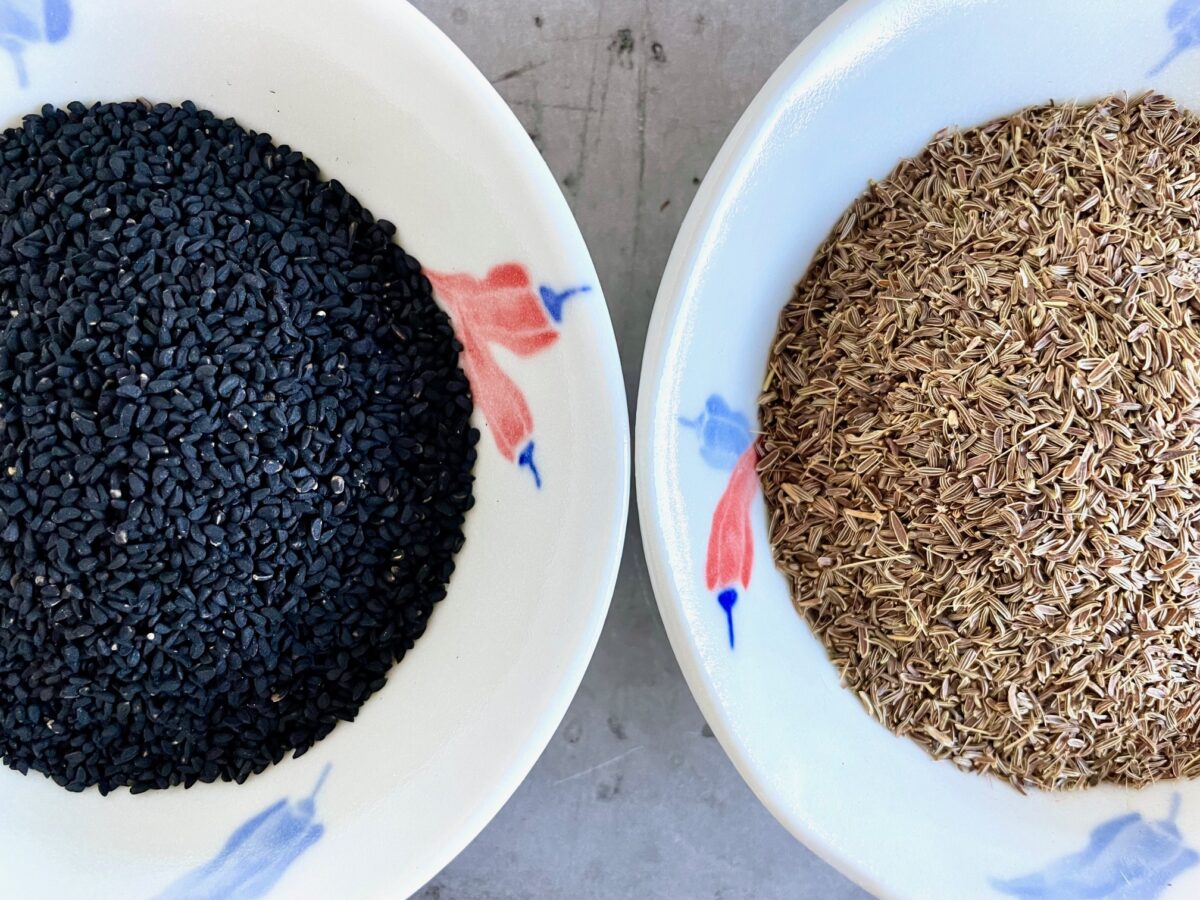
Leave a Reply